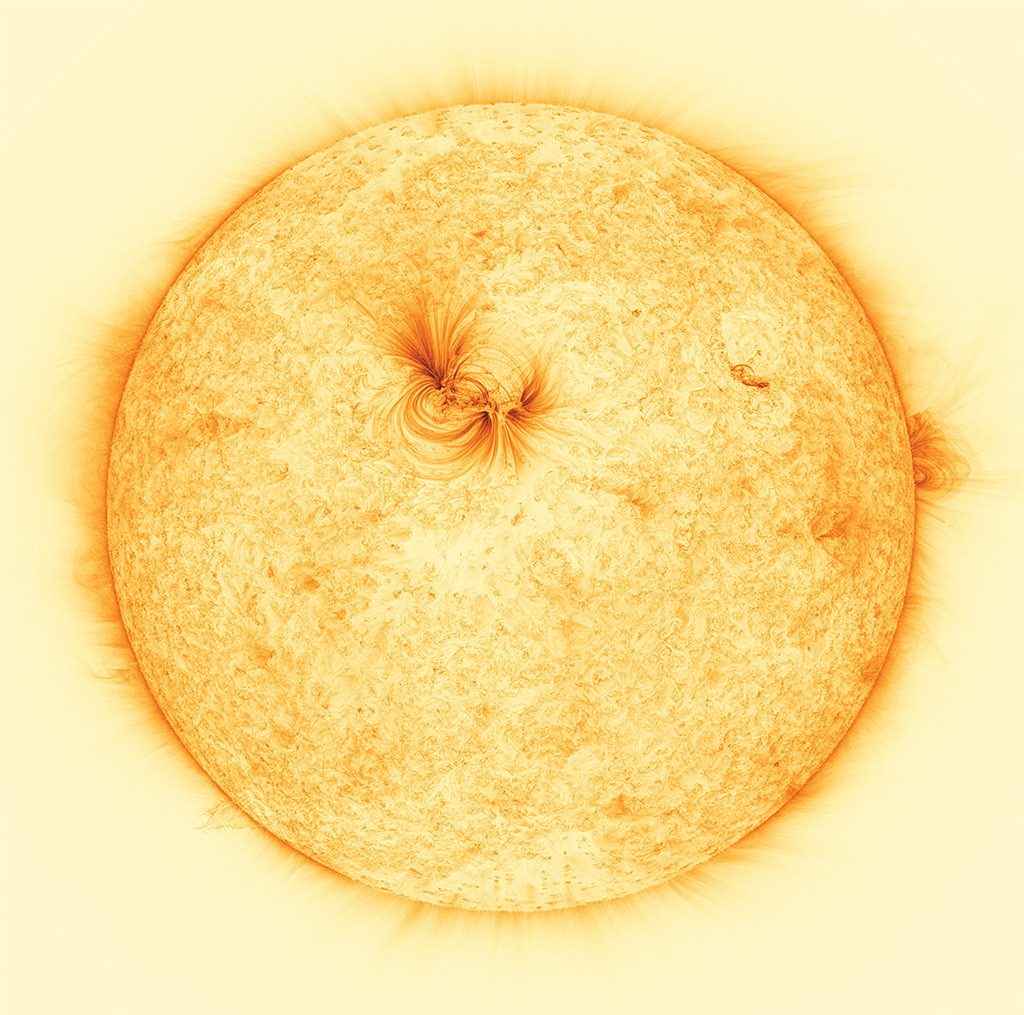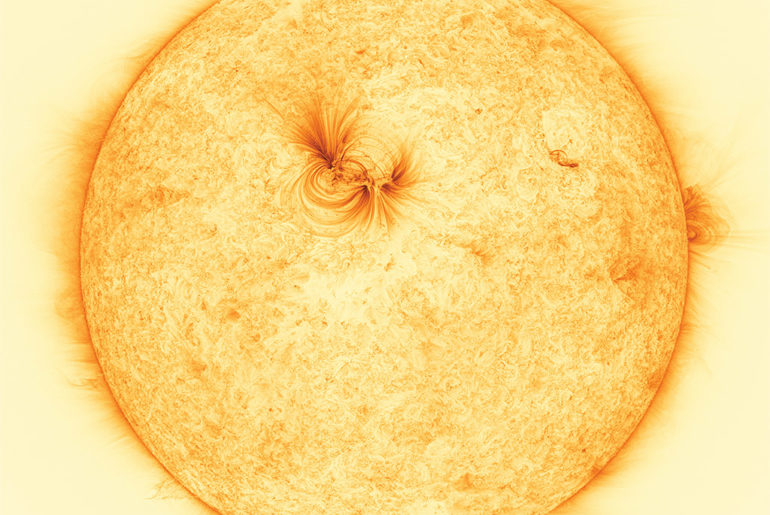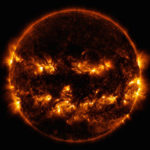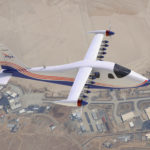
Photo credit: University of Central Lancashire
University of Central Lancashire (UCLan) and NASA’s Marshall Space Flight Center researchers have revealed the highest-ever resolution images of the sun’s atmosphere. They were captured by NASA’s High-Resolution Coronal Imager (Hi-C) telescope, which was carried into space on a sub-orbital rocket flight. This high-powered telescope can identify structures in the sun’s atmosphere as small as 7km in size, or about 0.01% of its total size.

This same international team of researchers are now planning to launch the Hi-C rocket mission for a second time, overlapping their observations with two sun-observing spacecraft currently gathering further data: NASA’s Parker Solar Probe and ESA’s Solar Orbiter (SolO). Each of these strands are reportedly up to 1.8million degrees Fahrenheit (999982.°C), but the cause of them is still unknown.
- Quick and easy no-tool setup
- Permanently mounted StarPointer
- Erect image optics - Ideal for terrestrial and astronomical use
Researchers have unveiled the highest-ever resolution images of the sun. Until now, parts of the sun's atmosphere had appeared dark or mostly empty, but the new images reveal it actually contains strands of hot electrified gases. | Read more: https://t.co/WnX9hlxlro pic.twitter.com/yjZVLKATGj
— RTÉ News (@rtenews) April 9, 2020
Think of it like this: if you are watching a football match on television in standard definition, the football pitch looks green and uniform. Watch the same game in ultra-HD and the individual blades of grass can jump out at you – and that’s what we’re able to see with the Hi-C images. We are catching sight of the constituent parts that make up the atmosphere of the star,” said University of Central Lancashire scientists.





